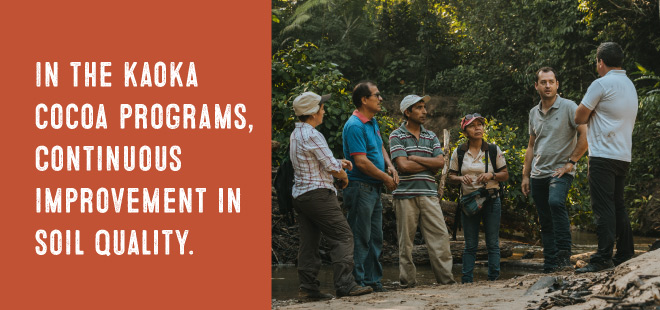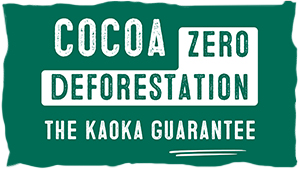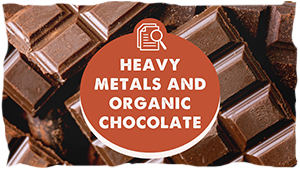Everything you need to know about cadmium in chocolate
At Kaoka, a pioneer in ethical cocoa, food safety is a priority. All our products strictly comply with European regulations.
🔍 Where does cadmium come from?
Cadmium is an element that occurs naturally in soil, particularly in certain geographical areas. Its concentration can vary greatly depending on:
- the nature of the soil (acidity, sedimentation, etc.),
- the geological typology (particularly alluvial plains),
- and agricultural practices.
Like other crops, cocoa trees have the ability to absorb cadmium from the soil, which is how it can be found in cocoa beans, the raw material used to make chocolate.
🤝 Kaoka restores soils with its producer partners to naturally limit cadmium content in cocoa
Aware of the challenge posed by the presence of cadmium in cocoa beans, at KAOKA, we have been working closely with research institutes for several years to better understand the soil-related factors that influence its presence.
In our cocoa program in Peru, for example, we have initiated a vast soil restoration programme:
- Establishment of a composting unit,
- distribution of organic matter and lime,
- training of growers.
These long-term actions aim to improve soil quality, limit acidification and thus reduce cadmium absorption by cocoa trees.

🌎Organic chocolate from Latin America or conventional chocolate from West Africa?
Cadmium is a complex, multifactorial global issue. It is important to note that the main organic cocoa growers are located in Latin America, where the soil is naturally richer in cadmium. Conversely, West Africa, which often has lower cadmium levels, accounts for most of the production of conventional cocoa, where other major issues are present: deforestation, monoculture, chemical inputs and low remuneration for growers.
So which chocolates should you choose?
👉 At Kaoka, we believe that cocoa programs should not be pitted against each other, but rather that we should work collectively to improve them, taking into account social, environmental and health issues.
🍫 Dark chocolate or milk chocolate?
By nature, dark chocolate contains a higher proportion of cocoa than milk chocolate (or white chocolate). Therefore, chocolate with a high percentage of cocoa is more likely to concentrate these metals. The significant amounts of sugar and milk present in milk chocolate “dilute” the amount of cocoa, thereby reducing the potential concentration of cadmium.
Does this mean we should favour sweeter products? It is up to each individual to choose according to their tastes, as part of a varied and balanced diet.
🍫 Chocolate with a high percentage of cocoa or low cocoa content?
In both dark and milk chocolate, the cocoa content varies from one recipe to another and from one brand to another. Dark chocolate is made from cocoa paste, cocoa butter and sugar. If the cocoa content decreases, the sugar content increases.
Once again, it is important to consider the big picture: chocolate is a pleasure product that should be consumed in moderation as part of a varied and balanced diet.
🔬 Our quality guarantees
Our chocolates and cocoa powders are tested by independent laboratories. We guarantee that our products comply with current French and European regulations.
A strict control plan The South American cocoa paste we use has, on average over the last three years, contained 40 to 60% less than the legal maximum allowed in chocolate.
💚 Kaoka, a committed chocolate brand
Choosing Kaoka means:
- enjoy high-quality organic chocolate
- supporting growers and their families
- protect forests because Kaoka chocolates are guaranteed deforestation-free




